Cholecystitis is the inflammation of the gallbladder, usually associated with gallstones impacted in the cystic duct. Stones (calculi) are made up of cholesterol, calcium bilirubinate, or a mixture caused by changes in the bile composition. Gallstones can develop in the common bile duct, cystic duct, hepatic duct, small bile duct, and pancreatic duct. Crystals can also form in the submucosa of the gallbladder causing widespread inflammation. Acute cholecystitis with cholelithiasis is usually treated by surgery, although several other treatment methods (fragmentation and dissolution of stones) are now being used.
Cholelithiasis, stones or calculi in the gallbladder, results from changes in bile components. Gallstones are made of cholesterol, calcium bilirubinate, or a mix of cholesterol and bilirubin. They arise during periods of sluggishness in the gallbladder due to pregnancy, hormonal contraceptives, diabetes mellitus, celiac disease, cirrhosis of the liver, and pancreatitis.
Nursing Care Plans
Nursing care planning and management for patients with cholecystitis include relieving pain and promoting rest, maintaining fluid and electrolyte balance, preventing complications, and provision of information about the disease process, prognosis, and treatment.
Risk for Deficient Fluid Volume
Patients with cholecystitis and cholelithiasis are at risk for deficient fluid volume due to excessive losses resulting from vomiting or diarrhea, limited intake due to nausea and anorexia, and altered clotting processes due to liver dysfunction. This can lead to dehydration and impaired perfusion, which can worsen the inflammatory response associated with these conditions and potentially lead to systemic complications.
Nursing Diagnosis
- Risk for Deficient Fluid Volume
Risk factors may include
- Excessive losses through gastric suction; vomiting, distension, and gastric hypermotility
- Medically restricted intake
- Altered clotting process
Possibly evidenced by
- Not applicable. A risk diagnosis is not evidenced by signs and symptoms, as the problem has not occurred and nursing interventions are directed at prevention.
Desired Outcomes
- The client will demonstrate adequate fluid balance evidenced by stable vital signs, moist mucous membranes, good skin turgor, capillary refill, individually appropriate urinary output, and absence of vomiting.
Nursing Assessment and Rationales
1. Maintain accurate record of I&O, noting output less than intake, and increased urine specific gravity. Assess skin and mucous membranes, peripheral pulses, and capillary refill.
To provide information about the fluid status and circulating volume needing replacement.
2. Monitor for signs and symptoms of increased or continued nausea or vomiting, abdominal cramps, weakness, twitching, seizures, irregular heart rate, paresthesia, hypoactive or absent bowel sounds, and depressed respirations.
Prolonged vomiting, gastric aspiration, and restricted oral intake can lead to deficits in sodium, potassium, and chloride.
3. Assess for unusual bleeding: oozing from injection sites, epistaxis, bleeding gums, ecchymosis, petechiae, hematemesis, or melena.
Prothrombin is reduced and coagulation time is prolonged when bile flow is obstructed, increasing the risk of bleeding or hemorrhage.
Nursing Interventions and Rationales
1. Eliminate noxious sights or smells from the environment.
Reduces stimulation of vomiting center.
2. Perform frequent oral hygiene with alcohol-free mouthwash; apply lubricants.
Decreases dryness of oral mucous membranes; reduces the risk of oral bleeding.
3. Use small-gauge needles for injections and apply firm pressure for longer than usual after venipuncture.
Reduces trauma, and risk of bleeding or hematoma formation.
4. Keep patient NPO as necessary.
Decreases GI secretions and motility.
5. Insert NG tube, connect to suction, and maintain patency as indicated.
To rest the GI Tract
Acute Pain
Patients with cholecystitis and cholelithiasis may experience acute pain due to obstruction of the gallbladder or bile ducts by gallstones, inflammation and irritation of the gallbladder wall, and tissue ischemia resulting from impaired blood flow to the affected area. The pain is often located in the right upper quadrant of the abdomen and may be accompanied by other symptoms such as fever, nausea, and vomiting.
Nursing Diagnosis
- Acute Pain
May be related to
- Biological injuring agents: obstruction/ductal spasm, inflammatory process, tissue ischemia/necrosis
Possibly evidenced by
- Reports of pain, biliary colic (waves of pain)
- Facial mask of pain; guarding behavior
- Autonomic responses (changes in BP, pulse)
- Self-focusing; narrowed focus
Desired Outcomes
- The client will report relief or control of pain.
- The client will demonstrate the use of relaxation skills and diversional activities as indicated for the individual situations.
Nursing Assessment and Rationales
1. Observe and document location, severity (0–10 scale), and character of pain (steady, intermittent, colicky).
Assists in differentiating causes of pain, and provides information about disease progression and resolution, development of complications, and effectiveness of interventions.
2. Note the response to medication, and report to the physician if the pain is not being relieved.
Severe pain not relieved by routine measures may indicate developing complications or a need for further intervention.
Nursing Interventions and Rationales
1. Promote bedrest, allowing the patient to assume a position of comfort.
Bedrest in low-Fowler’s position reduces intra-abdominal pressure; however, the patient will naturally assume the least painful position.
2. Use soft or cotton linens; calamine lotion, oil bath; cool or moist compresses as indicated.
Reduces irritation and dryness of the skin and itching sensation.
3. Control the environmental temperature.
Cool surroundings aid in minimizing dermal discomfort.
4. Encourage the use of relaxation techniques. Provide diversional activities.
Promotes rest, and redirecting attention may enhance coping.
5. Make time to listen to and maintain frequent contact with the patient.
Helpful in alleviating anxiety and refocusing attention, which can relieve pain.
6. Maintain NPO status, insert and/or maintain NG suction as indicated.
Removes gastric secretions that stimulate the release of cholecystokinin and gallbladder contractions.
7. Administer medications as indicated:
- 7.1. Anticholinergics: atropine, propantheline (Pro-Banthı-ne)
Relieves reflex spasms and smooth muscle contraction and assists with pain management.
- 7.2. Sedatives: phenobarbital
Promotes rest and relaxes smooth muscle, relieving pain.
- 7.3. Narcotics: meperidine hydrochloride (Demerol), morphine sulfate
Given to reduce severe pain. Morphine is used with caution because it may increase spasms of the sphincter of Oddi, although nitroglycerin may be given to reduce morphine-induced spasms if they occur.
- 7.4. Monoctanoin (Moctanin)
This medication may be used after cholecystectomy for retained stones or for newly formed large stones in the bile duct. It is a lengthy treatment (1–3 wk) and is administered via a nasal-biliary tube. A cholangiogram is done periodically to monitor stone dissolution.
- 7.5. Smooth muscle relaxants: papaverine (Pavabid), nitroglycerin, amyl nitrite
Relieves ductal spasm.
- 7.6. Chenodeoxycholic acid (Chenix), ursodeoxycholic acid (Urso, Actigall)
These natural bile acids decrease cholesterol synthesis, dissolving gallstones. The success of this treatment depends on the number and size of gallstones (preferably three or fewer stones smaller than 20 min in diameter) floating in a functioning gallbladder.
- 7.7. Antibiotics
To treat infectious processes, reducing inflammation.
Risk for Imbalanced Nutrition: Less Than Body Requirements
Patients with cholecystitis and cholelithiasis are at risk for imbalanced nutrition, with less than the body’s requirements, due to dietary restrictions to avoid exacerbating symptoms, loss of nutrients from impaired digestion and absorption, impaired fat digestion and malabsorption, and pain and dyspepsia leading to decreased intake. These factors can lead to malnutrition and nutrient deficiencies, potentially worsening the inflammatory response and impairing overall healing.
Nursing Diagnosis
- Risk for Imbalanced Nutrition: Less Than Body Requirements
Risk factors may include
- Self-imposed or prescribed dietary restrictions, nausea/vomiting, dyspepsia, pain
- Loss of nutrients; impaired fat digestion due to obstruction of bile flow
Possibly evidenced by
- Not applicable. A risk diagnosis is not evidenced by signs and symptoms, as the problem has not occurred and nursing interventions are directed at prevention.
Desired Outcomes
- The client will report relief from nausea/vomiting.
- The client will demonstrate progression toward desired weight gain or maintain weight as individually appropriate.
Nursing Assessment and Rationales
1. Calculate caloric intake. Keep comments about appetite to a minimum.
Identifies nutritional deficiencies and/or needs. Focusing on a problem creates a negative atmosphere and may interfere with intake.
2. Weigh as indicated.
Monitors the effectiveness of the dietary plan.
3. Assess for abdominal distension, frequent belching, guarding, and reluctance to move.
Nonverbal signs of discomfort associated with impaired digestion, and gas pain.
4. Monitor laboratory studies: BUN, prealbumin, albumin, total protein, and transferrin levels.
Provides information about nutritional deficits or the effectiveness of therapy.
Nursing Interventions and Rationales
1. Consult with the patient about likes and dislikes, foods that cause distress, and preferred meal schedules.
Involving the patient in planning enables the patient to have a sense of control and encourages eating.
2. Provide a pleasant atmosphere at mealtime; remove noxious stimuli.
Useful in promoting appetite/reducing nausea.
3. Provide oral hygiene before meals.
A clean mouth enhances appetite.
4. Offer effervescent drinks with meals, if tolerated.
May lessen nausea and relieve gas. Note: May be contraindicated if the beverage causes gas formation/gastric discomfort.
5. Ambulate and increase activity as tolerated.
Helpful in the expulsion of flatus, and reduction of abdominal distension. Contributes to overall recovery and a sense of well-being and decreases the possibility of secondary problems related to immobility (pneumonia, thrombophlebitis).
6. Consult with a dietitian or nutritional support team as indicated.
Useful in establishing individual nutritional needs and the most appropriate route.
7. Begin a low-fat liquid diet after the NG tube is removed.
Limiting fat content reduces stimulation of the gallbladder and pain associated with incomplete fat digestion and is helpful in preventing recurrence.
8. Advance diet as tolerated, usually low-fat, high-fiber. Restrict gas-producing foods (onions, cabbage, popcorn) and foods or fluids high in fats (butter, fried foods, nuts).
Meets nutritional requirements while minimizing stimulation of the gallbladder.
9. Administer bile salts: Bilron, Zanchol, and dehydrocholic acid (Decholin), as indicated.
Promotes digestion and absorption of fats, fat-soluble vitamins, and cholesterol. Useful in chronic cholecystitis.
10. Provide parenteral and/or enteral feedings as needed.
Alternative feeding may be required depending on the degree of disability and gallbladder involvement and the need for prolonged gastric rest.
Deficient Knowledge
Patients with cholecystitis and cholelithiasis may have deficient knowledge about the condition due to a lack of information or misinformation about the disease, misinterpretation of available information, and unfamiliarity with the medical terminology and concepts associated with the condition. This can lead to confusion, anxiety, and uncertainty about how to manage the condition and prevent future complications.
Nursing Diagnosis
- Deficient Knowledge
May be related to
- Lack of knowledge/recall
- Information misinterpretation
- Unfamiliarity with information resources
Possibly evidenced by
- Questions; request for information
- Statement of misconception
- Inaccurate follow-through of instruction
- Development of preventable complications
Desired Outcomes
- The client will verbalize understanding of the disease process, prognosis, and potential complications.
- The client will verbalize understanding of therapeutic needs.
- The client will initiate necessary lifestyle changes and participate in the treatment regimen.
Nursing Assessment and Rationales
1. Review disease process and prognosis. Discuss hospitalization and prospective treatment as indicated. Encourage questions and expressions of concern.
Provides a knowledge base from which patients can make informed choices. Effective communication and support at this time can diminish anxiety and promote healing.
2. Review drug regimen, and possible side effects.
Gallstones often recur, necessitating long-term therapy. Development of diarrhea or cramps during chenodiol therapy may be dose-related or correctable. Note: Women of childbearing age should be counseled regarding birth control to prevent pregnancy and the risk of fetal hepatic damage.
3. Review signs and symptoms requiring medical intervention: recurrent fever; persistent nausea and vomiting, or pain; jaundice of skin or eyes, itching; dark urine; clay-colored stools; blood in urine, stools, vomitus; or bleeding from mucous membranes.
Indicative of the progression of the disease process and development of complications requiring further intervention.
Nursing Interventions and Rationales
1. Explain reasons for test procedures and preparations as needed.
Information can decrease anxiety, thereby reducing sympathetic stimulation.
2. Discuss weight reduction programs if indicated
Obesity is a risk factor associated with cholecystitis, and weight loss is beneficial in the medical management of chronic conditions.
3. Instruct patient to avoid food/fluids high in fats (pork, gravies, nuts, fried foods, butter, whole milk, ice cream), gas producers (cabbage, beans, onions, carbonated beverages), or gastric irritants ( spicy foods, caffeine, citrus).
Limits or prevents recurrence of gallbladder attacks.
4. Recommend resting in a semi-Fowler’s position after meals.
Promotes flow of bile and general relaxation during the initial digestive process.
5. Suggest the patient limit gum chewing, sucking on straws and hard candy, or smoking.
Promotes gas formation, which can increase gastric distension and discomfort.
6. Discuss avoidance of aspirin-containing products, forceful blowing of the nose, straining for bowel movement, and contact sports.
Reduces the risk of bleeding related to changes in coagulation time, mucosal irritation, and trauma.
7. Recommend the use of a soft toothbrush or electric razor.
Reduces the risk of bleeding related to changes in coagulation time, mucosal irritation, and trauma.
Recommended Resources
Recommended nursing diagnosis and nursing care plan books and resources.
Disclosure: Included below are affiliate links from Amazon at no additional cost from you. We may earn a small commission from your purchase. For more information, check out our privacy policy.
Ackley and Ladwig’s Nursing Diagnosis Handbook: An Evidence-Based Guide to Planning Care
We love this book because of its evidence-based approach to nursing interventions. This care plan handbook uses an easy, three-step system to guide you through client assessment, nursing diagnosis, and care planning. Includes step-by-step instructions showing how to implement care and evaluate outcomes, and help you build skills in diagnostic reasoning and critical thinking.

Nursing Care Plans – Nursing Diagnosis & Intervention (10th Edition)
Includes over two hundred care plans that reflect the most recent evidence-based guidelines. New to this edition are ICNP diagnoses, care plans on LGBTQ health issues, and on electrolytes and acid-base balance.

Nurse’s Pocket Guide: Diagnoses, Prioritized Interventions, and Rationales
Quick-reference tool includes all you need to identify the correct diagnoses for efficient patient care planning. The sixteenth edition includes the most recent nursing diagnoses and interventions and an alphabetized listing of nursing diagnoses covering more than 400 disorders.

Nursing Diagnosis Manual: Planning, Individualizing, and Documenting Client Care
Identify interventions to plan, individualize, and document care for more than 800 diseases and disorders. Only in the Nursing Diagnosis Manual will you find for each diagnosis subjectively and objectively – sample clinical applications, prioritized action/interventions with rationales – a documentation section, and much more!

All-in-One Nursing Care Planning Resource – E-Book: Medical-Surgical, Pediatric, Maternity, and Psychiatric-Mental Health
Includes over 100 care plans for medical-surgical, maternity/OB, pediatrics, and psychiatric and mental health. Interprofessional “patient problems” focus familiarizes you with how to speak to patients.

See also
Other recommended site resources for this nursing care plan:
- Nursing Care Plans (NCP): Ultimate Guide and Database MUST READ!
Over 150+ nursing care plans for different diseases and conditions. Includes our easy-to-follow guide on how to create nursing care plans from scratch. - Nursing Diagnosis Guide and List: All You Need to Know to Master Diagnosing
Our comprehensive guide on how to create and write diagnostic labels. Includes detailed nursing care plan guides for common nursing diagnostic labels.
More nursing care plans related to gastrointestinal disorders:
- Appendectomy
- Bowel Incontinence (Fecal Incontinence)
- Cholecystectomy
- Constipation
- Diarrhea Nursing Care Plan and Management
- Cholecystitis and Cholelithiasis
- Gastroenteritis
- Gastroesophageal Reflux Disease (GERD)
- Hemorrhoids
- Hepatitis
- Ileostomy & Colostomy
- Inflammatory Bowel Disease (IBD)
- Intussusception
- Liver Cirrhosis
- Nausea & Vomiting
- Pancreatitis
- Peritonitis
- Peptic Ulcer Disease
- Subtotal Gastrectomy
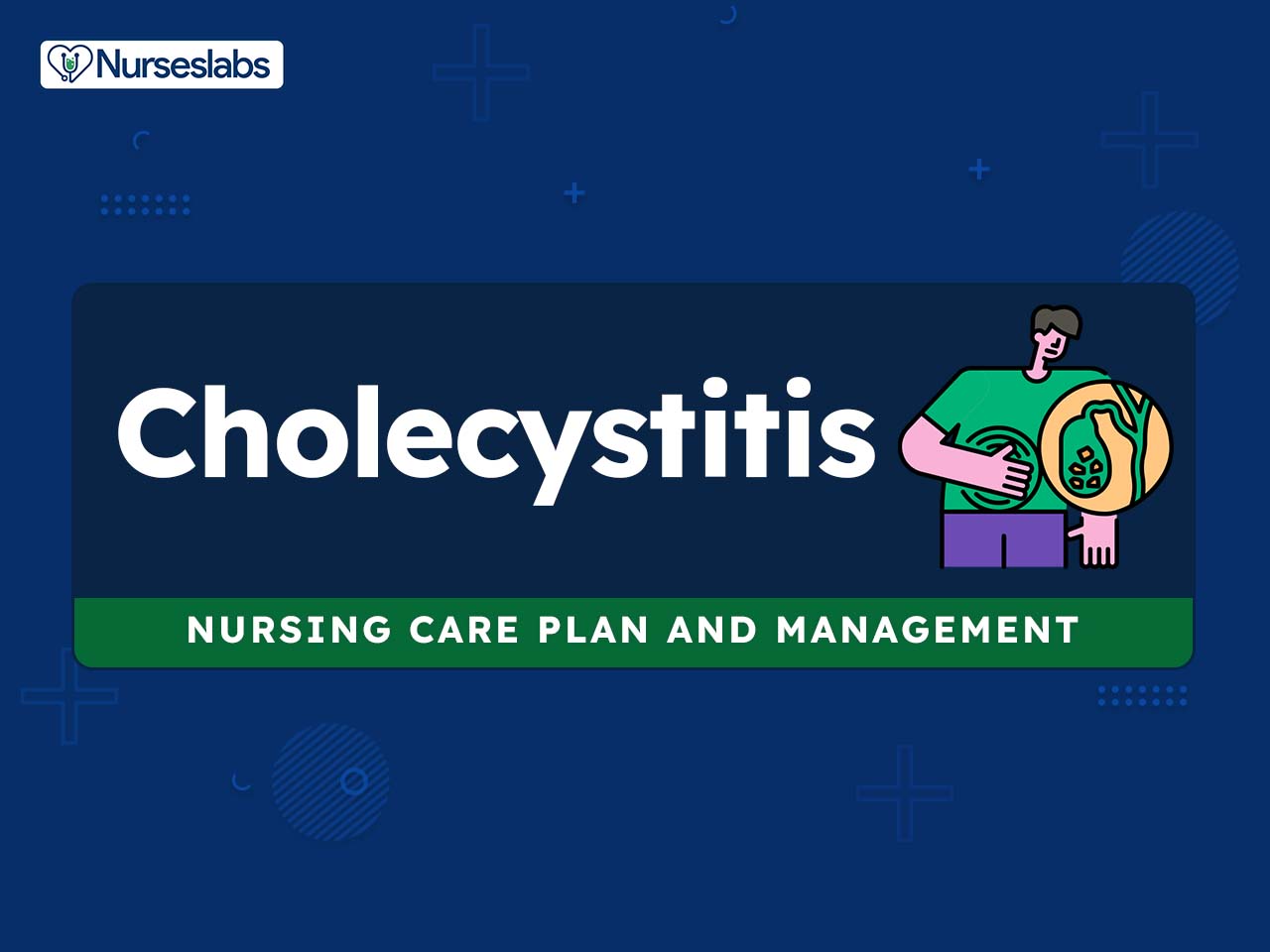
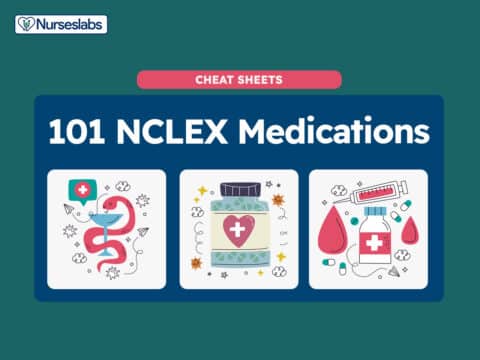
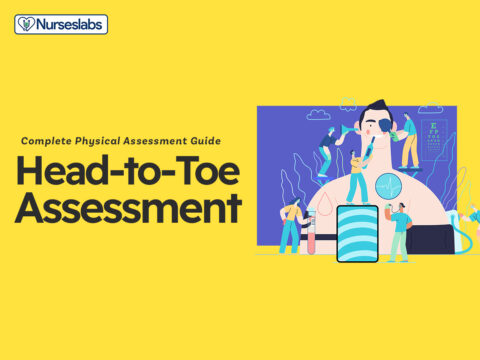
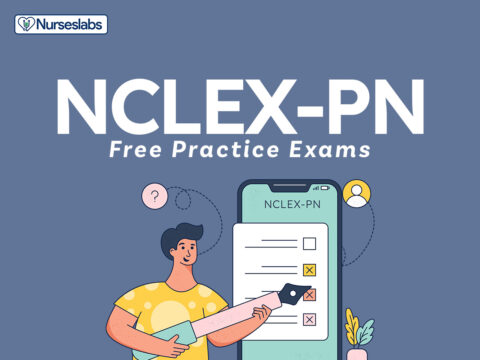
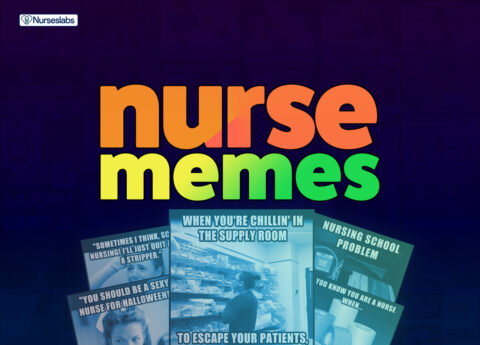
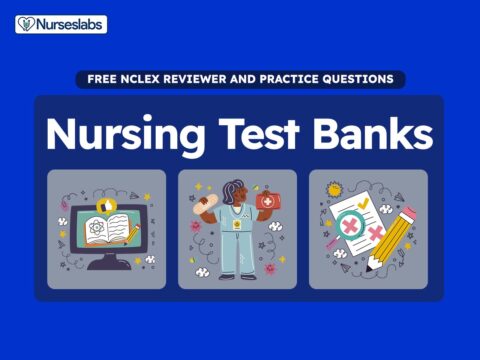



















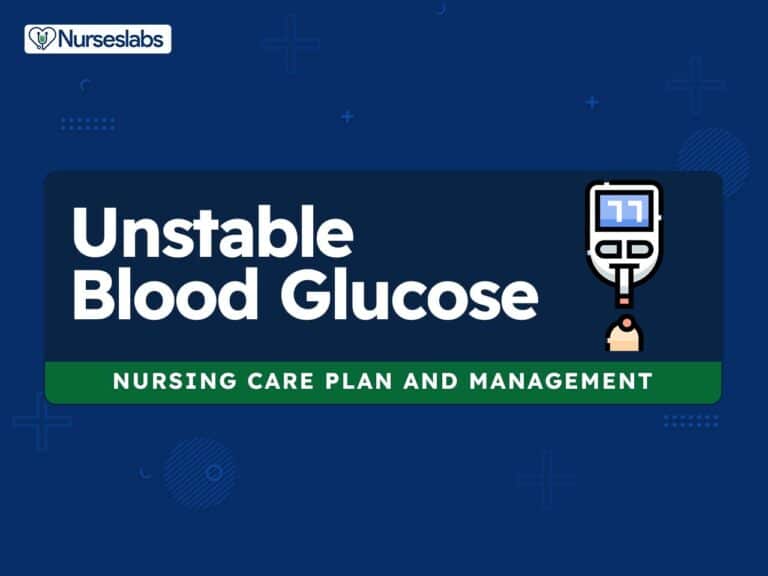
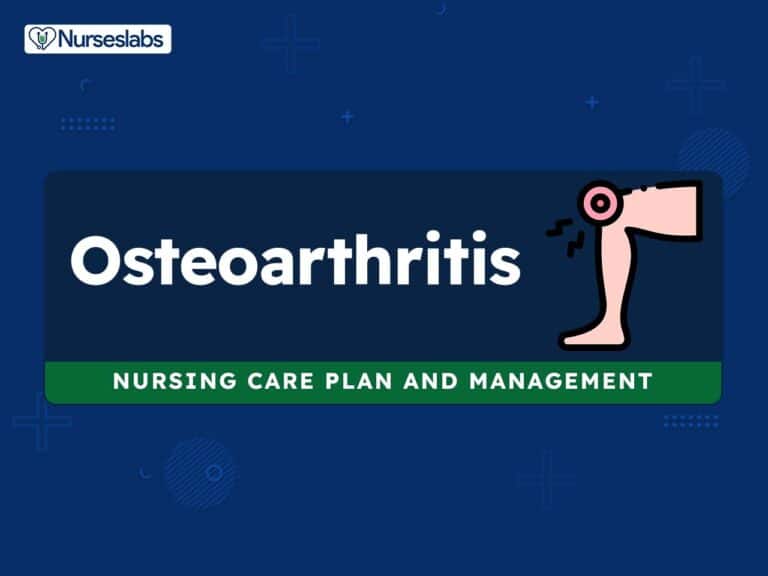
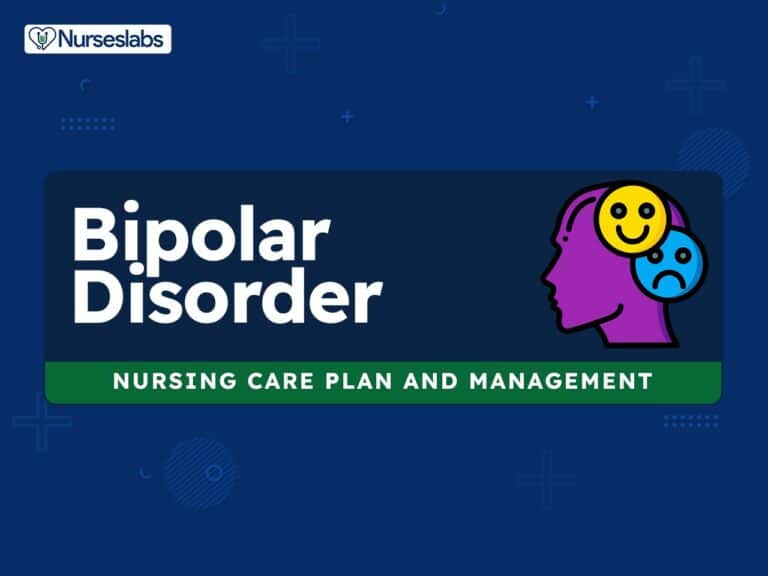



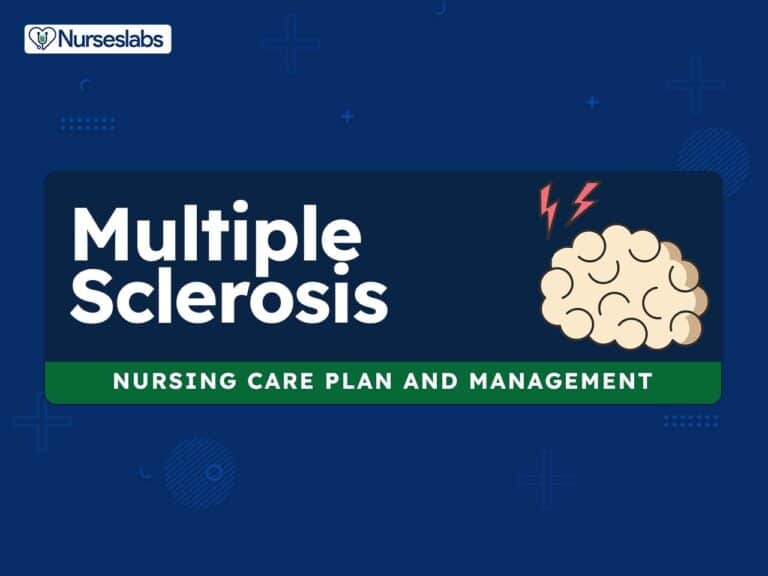
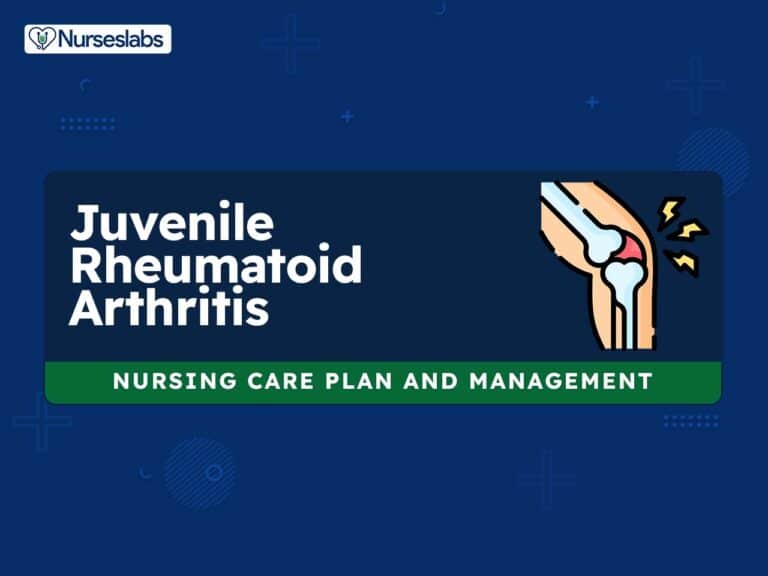
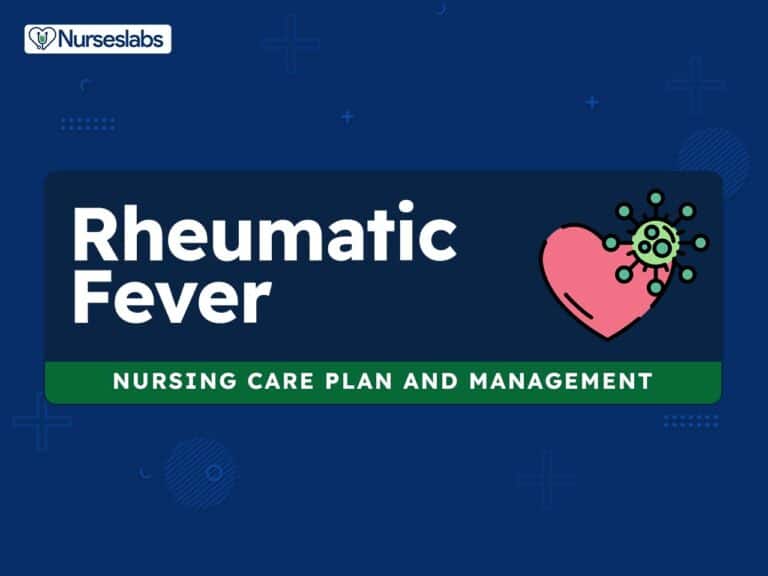
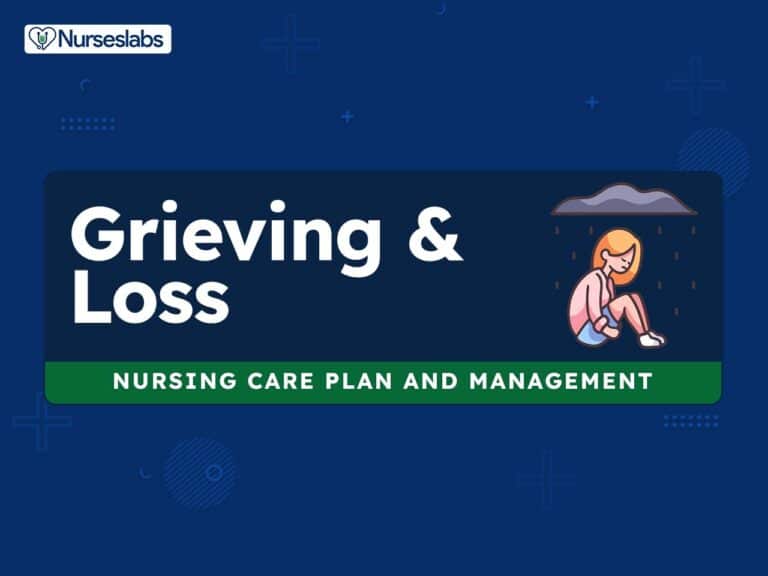
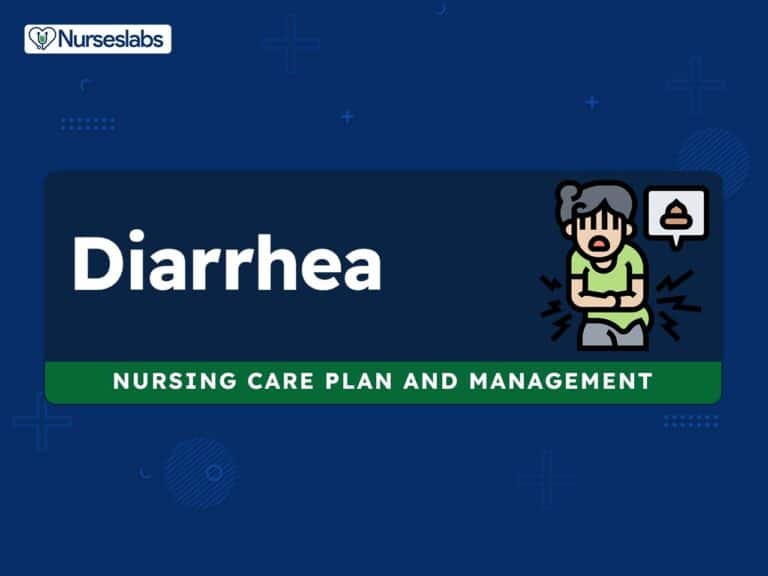

Leave a Comment